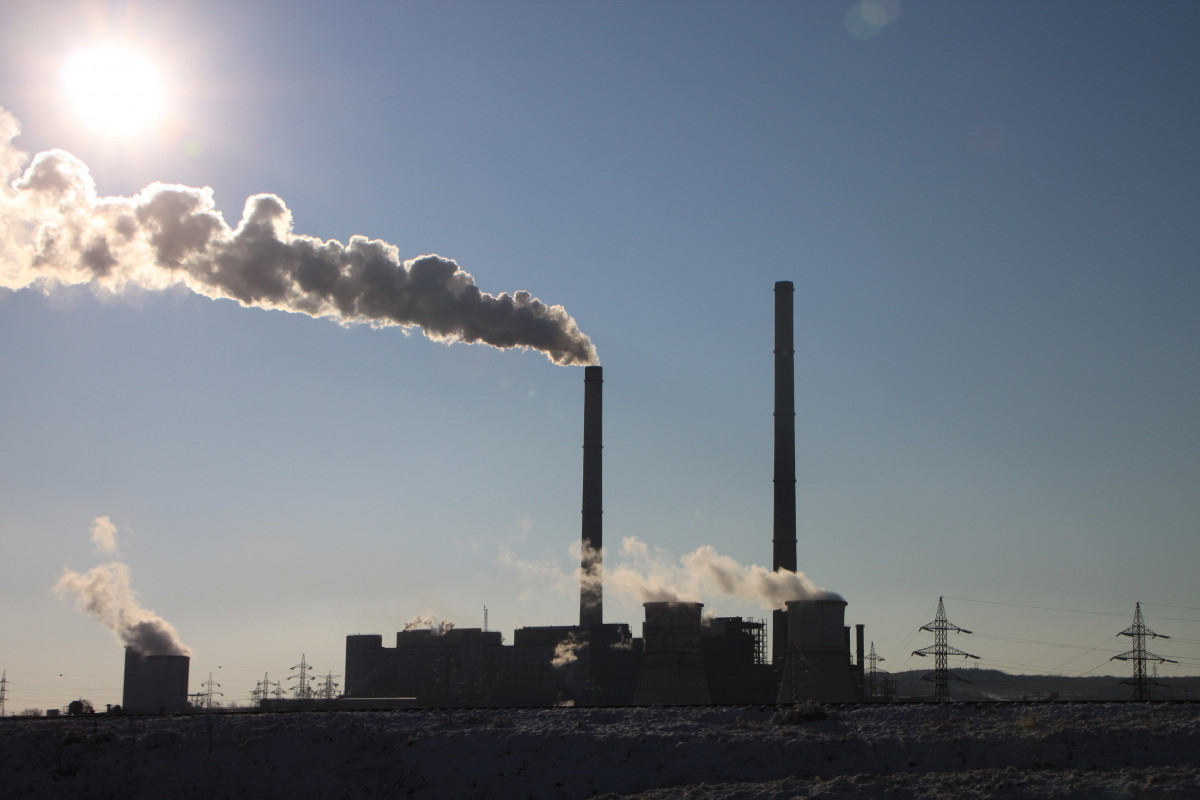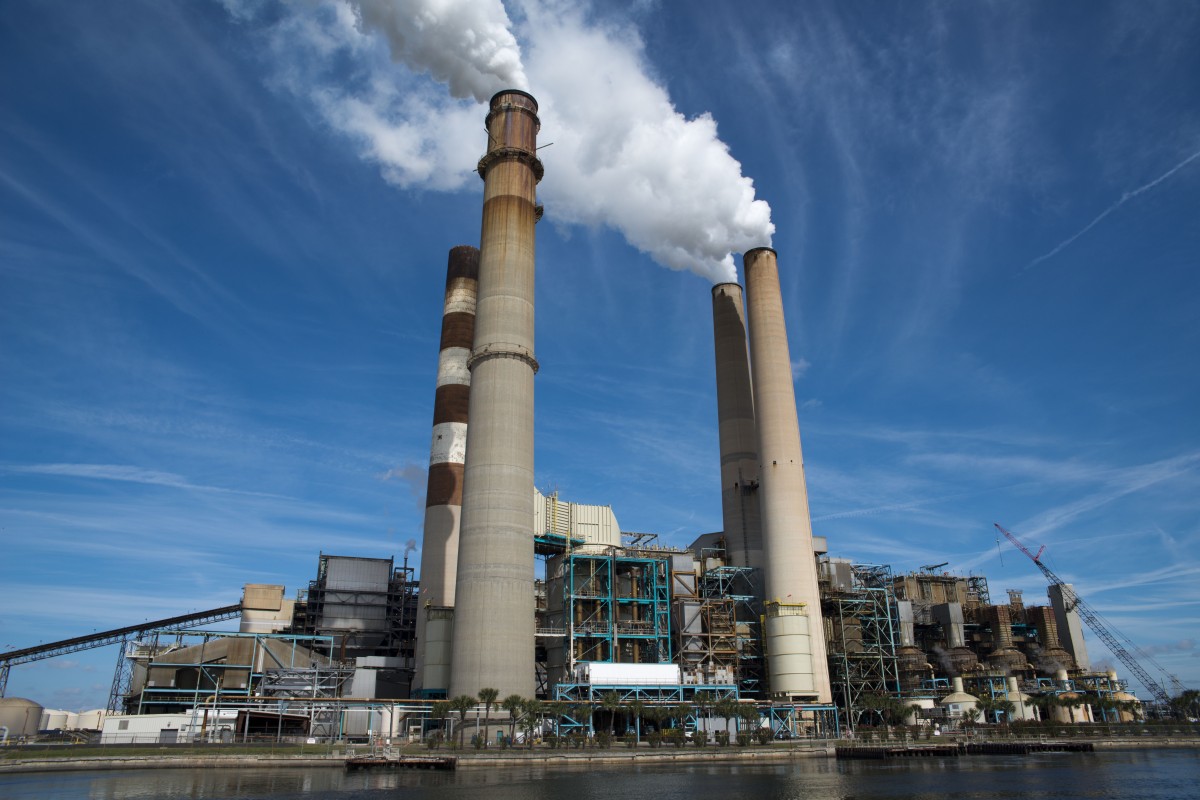Intrinsic Qualities of a Refrigerant
Contents
– Intrinsic qualities of a refrigerant
– Impact of the Montreal Protocol on refrigerants
The refrigerant is a body, liquid, or gas that transfers calories by compression/expansion cycle. These fluids are contained in the closed circuits of cold or heat production appliances (air conditioning, refrigeration, freezer, heat pump, reversible split, etc.). Explanations in this zoom.
Intrinsic qualities of a refrigerant
Refrigerants are chosen for their physical property of producing heat or cold at a given compression or expansion value. They must also have a high critical temperature, a low freezing temperature, good chemical stability, and be miscible with lubricants.
In simple terms: compression = heat/compression + change of state of the fluid = more intense heat, without additional energy input. Conversely: expansion = cold/relaxation + change of state of the fluid = colder without additional energy input.
Each body changes state at a given pressure. To improve the efficiency of an air conditioner, for example, it is therefore in the interest of the user to use the fluid that gives off the maximum amount of heat and changes state at minimum pressure and that gives off the maximum amount of cold at expansion (energy savings, less noise and minor wear on the compressor).
Note: These cycles must be repeatable, compatible with the materials in the system, and have the least possible environmental impact.
Impact of the Montreal Protocol on refrigerants
The Montreal Protocol, approved in 1987 by 190 countries and confirmed by the following conferences, aims to eliminate the diffusion in the atmosphere of harmful substances to the ozone layer and promote the greenhouse effect.
In addition to mechanical measures such as degassing into the atmosphere, the obligation to seal refrigeration circuits, or the recovery of fluids when dismantling equipment, this date marks a decisive turning point in the use of refrigerants. The personnel intervening on these installations must be holders of a certificate of capacity that the companies must justify.
Each refrigerant gas has a GWP index, which compares its impact on the greenhouse effect with CO² (the reference gas). For example, the refrigerant HFC R410A, whose GWP is 1,890, will be (on average over its lifetime) 1,890 times more harmful to the ozone layer than CO² (GWP = 1).
Are banned the products used previously, such as CFCs (Chlorofluorocarbons recognizable by their classification code: R11, R12, R502 and R504 or HCFCs Hydrochlorofluorocarbons: R22, R123, R124, R142b, R401A, R401B, R402A, R402B, R403B, R408A, R409A, R409B, etc.).
Voted on March 12, 2015, a new F-GAZ regulation, applicable since January 2015, provides (among other measures) a tightening of these restrictions. It establishes a quota schedule on the greenhouse gas (GHG) market according to each GWP (impact on the ozone layer) and the type of equipment.

Greenhouse gases with GWP > 2500 have been banned since January 1, 2020. This measure was postponed to 2030 for regenerated fluorinated gases. Thus prohibited, since January 1, 2015, refrigerants with GWP ≥ 150 to load domestic refrigerators and freezers. Mobile air conditioners will experience the same restriction from January 2020, while bi-blocks (charge < 3 kg) will be banned from products PRG ≥ 750 from January 2025.
The refilling of these products in already installed systems is no longer allowed. The circuits must be drained before a legal fluid is reintroduced. If this is not technically possible, the system must be dismantled by an authorized agency.
Note: The target is to reduce F-gas emissions by 79% between 2015 and 2030 and ban their use where it is technically feasible.
Hope you liked this post. Remember to leave your comments below.

